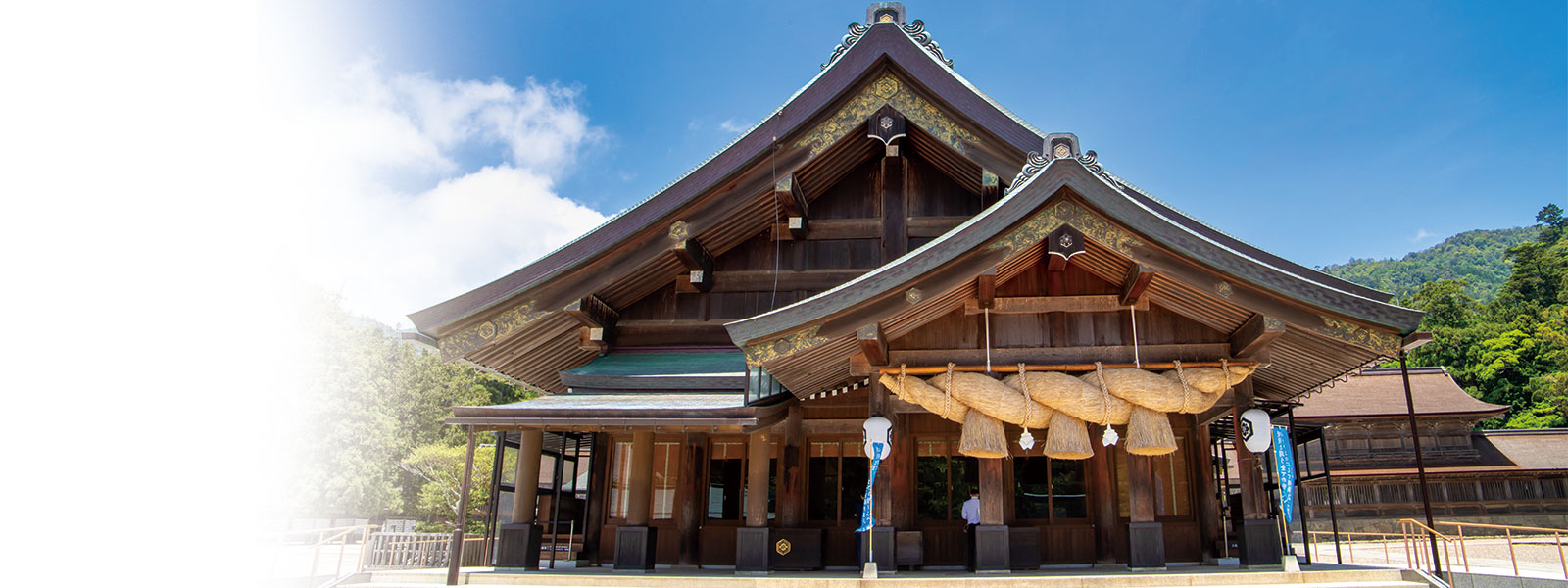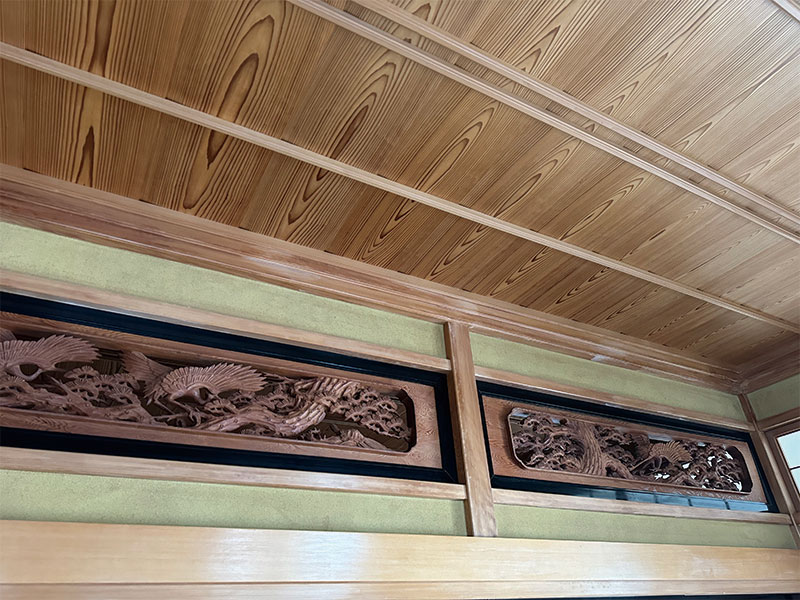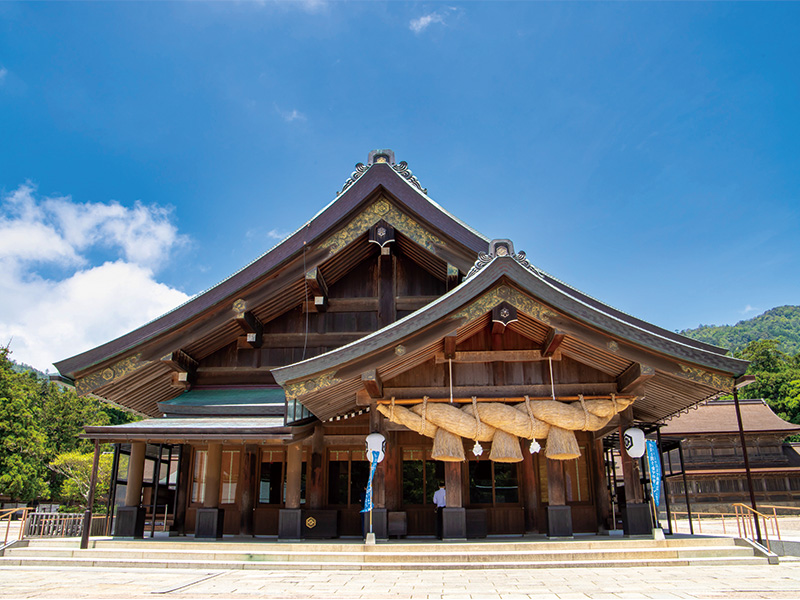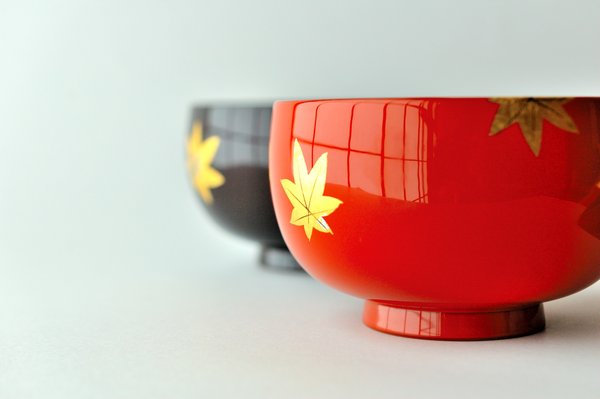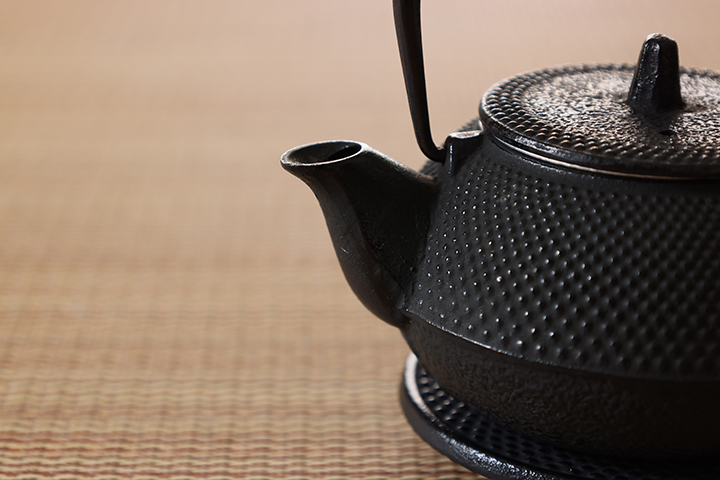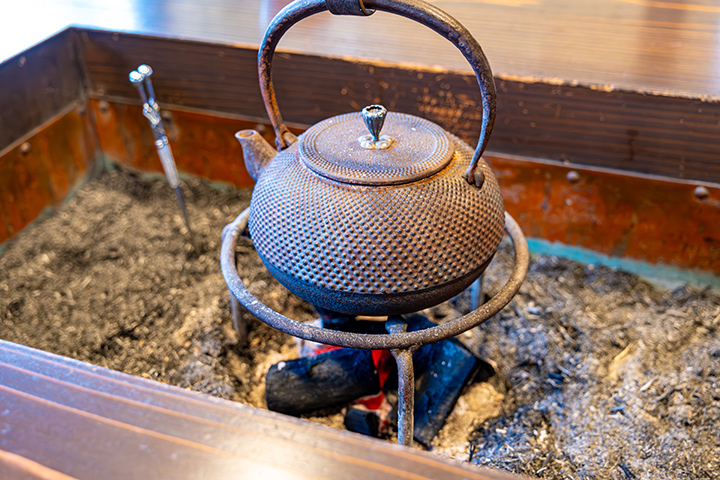Shrines symbolize the culture and history of Japan and are must-see spots for many tourists. One of their attractions is the unique architectural styles that have been developed over a long history. In this column, I will explain the historical background of shrines, the types of architectural styles, and the differences in each region. Knowing this will help you discover new things the next time you visit a shrine.
Origin and History of Shrines
Shrines in Japan have their origins in Shinto beliefs that worship nature. In ancient times, the Japanese believed that gods dwelt in nature itself, such as mountains, rivers, and rocks, and created a place to worship them. It is said that the first shrines were not buildings, but simple altars in sacred natural places.
Over time, with the development of architectural technology, dedicated buildings were built to worship the gods, and the present form of shrines was established. In the Heian period, the relationship between shrines and aristocrats became stronger, and in the Edo period, it spread as a common culture.
Typical styles of shrine architecture
There are several typical styles of shrine architecture in Japan. Each has its own characteristics and reflects its history and regional character.
1. Shinmei-zukuri
This style is the oldest, and Ise Jingu Shrine is a representative example. It is characterized by its simple, streamlined design, and its linear architecture, which mainly uses cypress (hinoki), is attractive.
Features: The roof is thatched, and the pillars stand directly on the ground.
Key points: The purity that can be said to be the origin of Japanese architectural beauty.
Nagano Prefecture: Nishina Shinmeigu, a National Treasure, is said to be Japan's oldest shinmei-zukuri main shrine.
Kyoto Prefecture: Hyuga Daijingu with a shinmei-zukuri thatched roof
2. Taisha-zukuri style
The style found at Izumo Taisha Shrine is characterized by its stately architecture. You will be blown away by the height and size of the building.
Features: Kirizuma-zukuri (kirizuma-zukuri) roof and magnificent use of wood.
Key points: As a symbol of a sacred space, you can experience a mythical world.
Shimane Prefecture: Izumo Taisha Shrine Haiden (worship hall), said to be a sacred place for matchmaking
Roofs of Izumo Taisha Shrine Main Hall
3. Nagarezukuri style
This style is most common at shrines across Japan, and is characterized by a large forward roof. Examples include Hachiman Shrine and Fushimi Inari Taisha Shrine.
Features: The curved roof drains rain efficiently.
Key points: The design combines practicality and beauty.

Kyoto Prefecture: Fushimi Inari Taisha, known for its 1000 torii gates
4. Gongen-zukuri style
This style is characterized by lavish decoration and complex structure, and the Nikko Toshogu Shrine is a typical example. It was built to enshrine Tokugawa Ieyasu.
Features: Gorgeous architecture with carvings and gold leaf decorations.
Key points: Enjoy the beauty of this magnificent building.
Nikko, Tochigi: Nikko Toshogu Shrine, a World Heritage Site
Miyagi Prefecture: Osaki Hachiman-jinja Shrine The existing main hall, stone room, and worship hall are National Treasures, and the shrine office is a Registered Tangible Cultural Property.
Regional architectural differences
Shrines throughout Japan vary in character from region to region. This is the result of the significant influence of the local natural environment, culture, and historical background on architectural styles.
1. Tohoku Region
The snowy Tohoku region is characterized by its architecture adapted to the harsh, cold climate.
Roof Features: The roof slopes relatively steeply, making it easier to slip off snow.
Material Selection: Thick, heavy wood is used to enhance snow resistance and durability.
Design Features: There are often snow fences around the worship hall and main hall to protect visitors in the winter.
Typical examples: The solid and solid construction seen at Hayachine Shrine in Iwate Prefecture and Osorezan Bodaiji Temple in Aomori Prefecture.
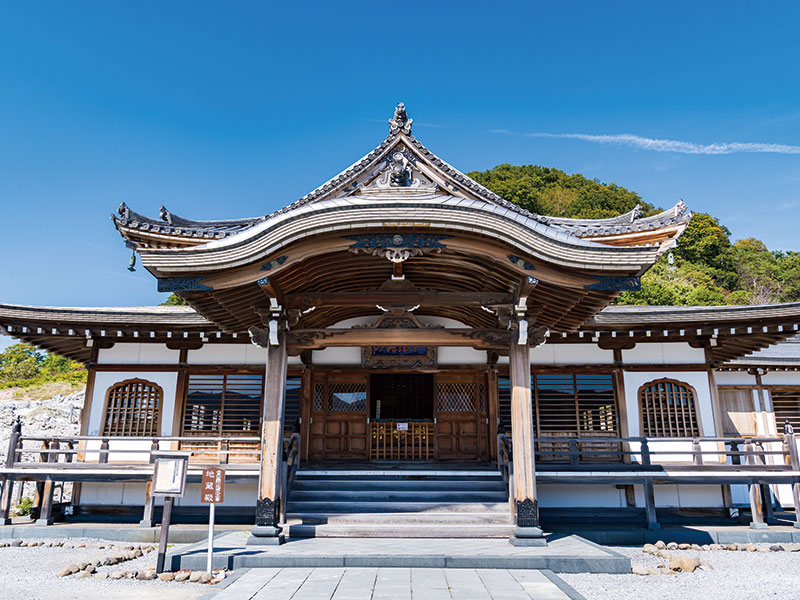
Aomori Prefecture: Osorezan Bodaiji Temple
2. Kansai Region
Decoration: Elegant architectural styles developed during the Heian and Nara periods remain, and many of them are characterized by gorgeous and delicate decorations.
Layout Aesthetics: The layout and gardens of shrines emphasize harmony with nature and incorporate natural elements such as mountains and ponds.
Material Characteristics: Exquisite wooden buildings made of high-quality wood such as zelkova and cypress.
Representative examples: Heian Jingu Shrine (Kyoto Prefecture) and Kasuga Taisha Shrine (Nara Prefecture) are notable for their beautiful vermilion-lacquered shrine buildings.
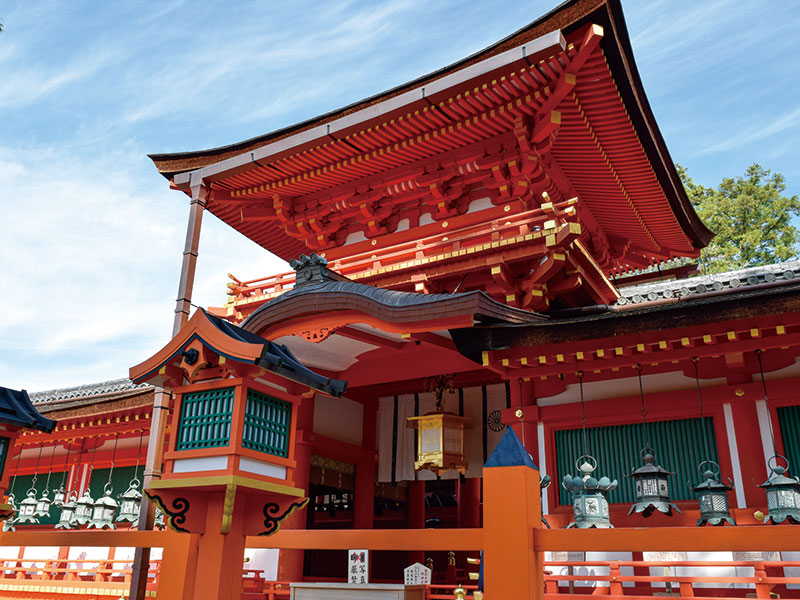
Nara Prefecture: Kasuga Taisha Shrine
3. Kyushu Region
In keeping with the warm and humid climate of southern Japan, many shrines have an open and simple design.
Design Characteristics: The eaves of the roof are long, and the structure serves to block rain and sunlight.
Decoration Trend: Due to the warm climate, the decorations are rather modest, but the simple beauty of natural materials is attractive.
Regional Elements: The sacred trees and the huge rocks attached to the shrines, and the belief that nature is sacred, remain strong.
Typical examples: The magnificent atmosphere of the local nature, as seen at Kirishima Jingu in Miyazaki Prefecture and Hakozakigu in Fukuoka Prefecture.
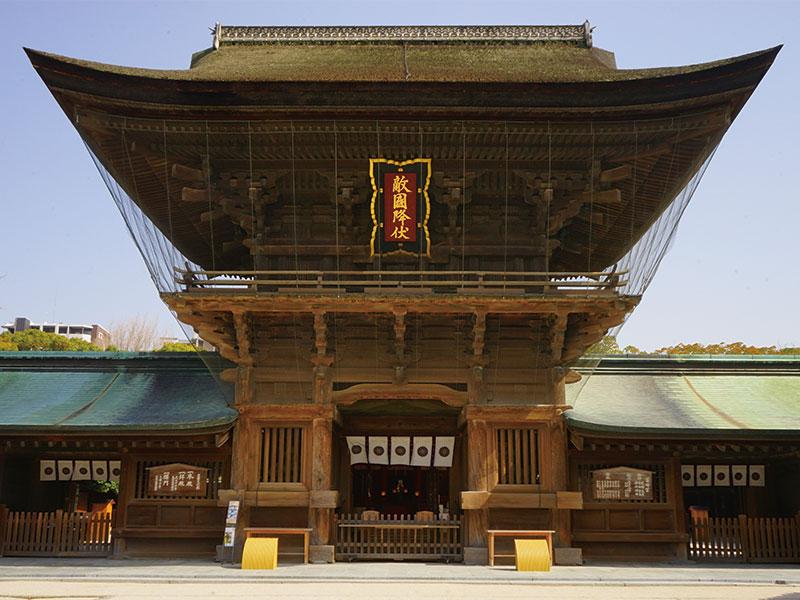
Hakozakigu in Fukuoka Prefecture
Other regional features
Hokkaido: Many new shrines were established during the development period, and are characterized by their simple yet warm construction.
Hokuriku region: In addition to their robust construction, which is typical of heavy snowfall, there are decorations that reflect the culture of the Kaga 1 million koku region.
Shikoku region: The pilgrimage culture is deeply rooted, and many shrines are small but strongly connected to local beliefs.
Points to Enjoy Shrine Architecture
When visiting a shrine, pay attention to the architectural details. From the carvings on the pillars to the shape of the roof to the decorations on the gates, each shrine has its own beauty. In addition, learning about the history and culture behind the architectural style can deepen your view of the shrine.
For example, when visiting Ise Jingu, you can appreciate the sacredness of the simple design of the Shinmei-zukuri style. At Nikko Toshogu, you can admire the craftsmanship of the time by taking a closer look at the gorgeous Gongen-zukuri sculptures.
Summary
Shrine architecture symbolizes the history, culture, and spirituality of Japan. Understanding the differences between each architectural style and region will expand your enjoyment of visiting shrines. Next time you visit Japan, be sure to pay attention to the architectural beauty of shrines. It will be a journey to deeply understand the Japanese spirit of living in harmony with nature.


